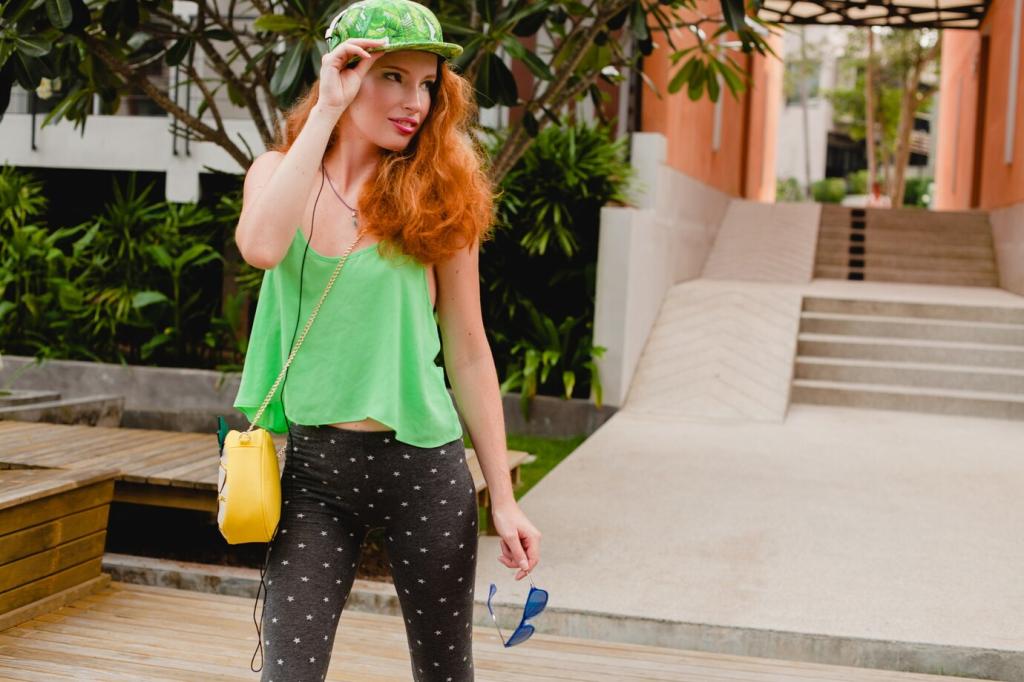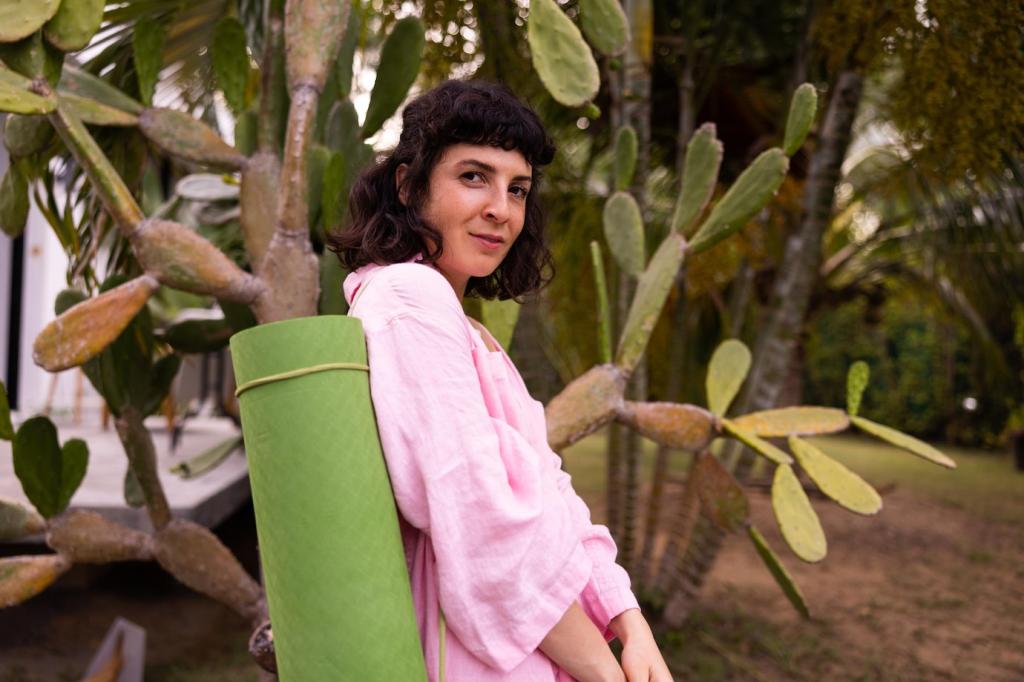This website uses cookies so that we can provide you with the best user experience possible. Cookie information is stored in your browser and performs functions such as recognising you when you return to our website and helping our team to understand which sections of the website you find most interesting and useful.

Circular Economy in the Fashion Industry
The circular economy is transforming the fashion industry by challenging traditional linear models of production and consumption. Where once fashion relied on a take-make-dispose approach that generated massive waste and environmental damage, circular models seek to minimize waste, extend the useful life of products, and make efficient use of resources. This shift encourages collaboration among designers, brands, and consumers, fostering an ecosystem where clothing is designed for reuse, recycling, and regeneration. As global pressures mount for sustainability and responsible manufacturing, the circular economy has emerged as a critical pathway for the fashion industry to maintain relevance and meet evolving consumer expectations, all while addressing significant environmental concerns.
Principles of Circular Fashion
How Linear Fashion Differs From Circular Models
The Role of Stakeholders in Transitioning to Circularity





